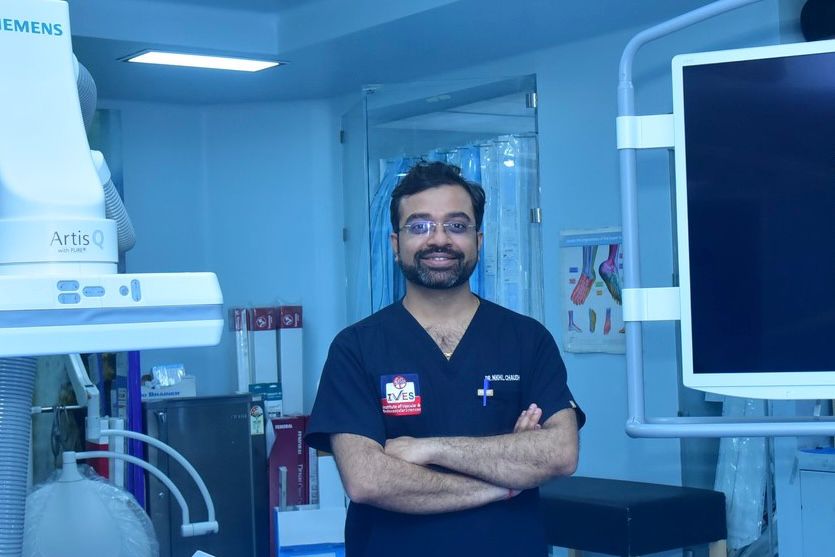Vascular Diseases: Recognizing Symptoms and Risk Factors with Dr. Nikhil Chaudhari



Identifying Patients with Vascular Diseases
Identifying patients with vascular diseases requires a comprehensive approach that includes understanding their medical history, conducting physical examinations, and performing various diagnostic tests.
Recognizing Risk Factors
The first step in identifying potential patients is recognizing the risk factors that can lead to vascular diseases. Individuals with the following factors are more likely to develop these conditions:
- Age: The likelihood of vascular diseases increases as people age.
- Smoking: A major contributor to blood vessel damage.
- High blood pressure (hypertension): Can cause long-term damage to blood vessels.
- High cholesterol: Can lead to plaque buildup in arteries, restricting blood flow.
- Diabetes: Accelerates the hardening and narrowing of arteries.
- Obesity: Often associated with various cardiovascular problems.
- Unhealthy lifestyle: Increases the risk due to low levels of physical activity.
- Family history: A genetic background can increase the risk if close family members have had vascular diseases.
Common Symptoms to Look For
Patients with vascular diseases may exhibit a wide range of symptoms depending on the specific condition and its progression. Common symptoms include:
- Pain: This may present as chest pain, leg pain (especially when walking), or arm pain.
- Swelling: Often occurs in the legs, ankles, or feet.
- Coldness or numbness: Typically felt in the hands or feet.
- Skin changes: Discoloration, sores, or ulcers may appear on the skin.
- Fatigue: Unusual tiredness without exertion.
- Dizziness or lightheadedness: May occur suddenly or frequently.
Diagnostic Tests
Accurately diagnosing vascular diseases involves several diagnostic tests, including:
- Ankle-Brachial Index (ABI): Compares the blood pressure in the ankles with that in the arms to detect blockages.
- Doppler Ultrasound: A non-invasive test using sound waves to evaluate blood flow in vessels.
- Angiography: Involves injecting a special dye into the blood vessels and taking X-rays to visualize blockages or abnormalities.
- CT Scan or MRI: These imaging tests provide detailed pictures of blood vessels, helping to identify issues like blockages or ruptured blood vessels.
The Importance of Early Detection
Early detection of vascular diseases is crucial to prevent severe complications such as heart attacks, strokes, or limb loss. Regular check-ups are especially important for individuals with the aforementioned risk factors. Healthcare providers can recommend necessary screenings and suggest lifestyle changes to manage and reduce the risk of developing vascular diseases. Early intervention can greatly improve outcomes and quality of life.
Acknowledgment
We express our gratitude to Dr. Nikhil Chaudhari, a top-notch vascular surgeon in Delhi, renowned for his expertise in vascular intervention. With over seven years of experience, Dr. Nikhil Chaudhari has saved thousands of lives and is currently working at Sir Ganga Ram Hospital. He is recognized as one of the most skilled and experienced vascular surgeons in India, practicing in the country’s most advanced vascular cath lab. Dr. Nikhil Chaudhari is part of the largest team of vascular surgeons in India, performing complex cases daily and dedicating his life to patient care and providing the best treatment.
We are thankful for the information provided by Dr. Nikhil Chaudhar
Want to know more about Dr. Nikhil Chaudhari Click here…